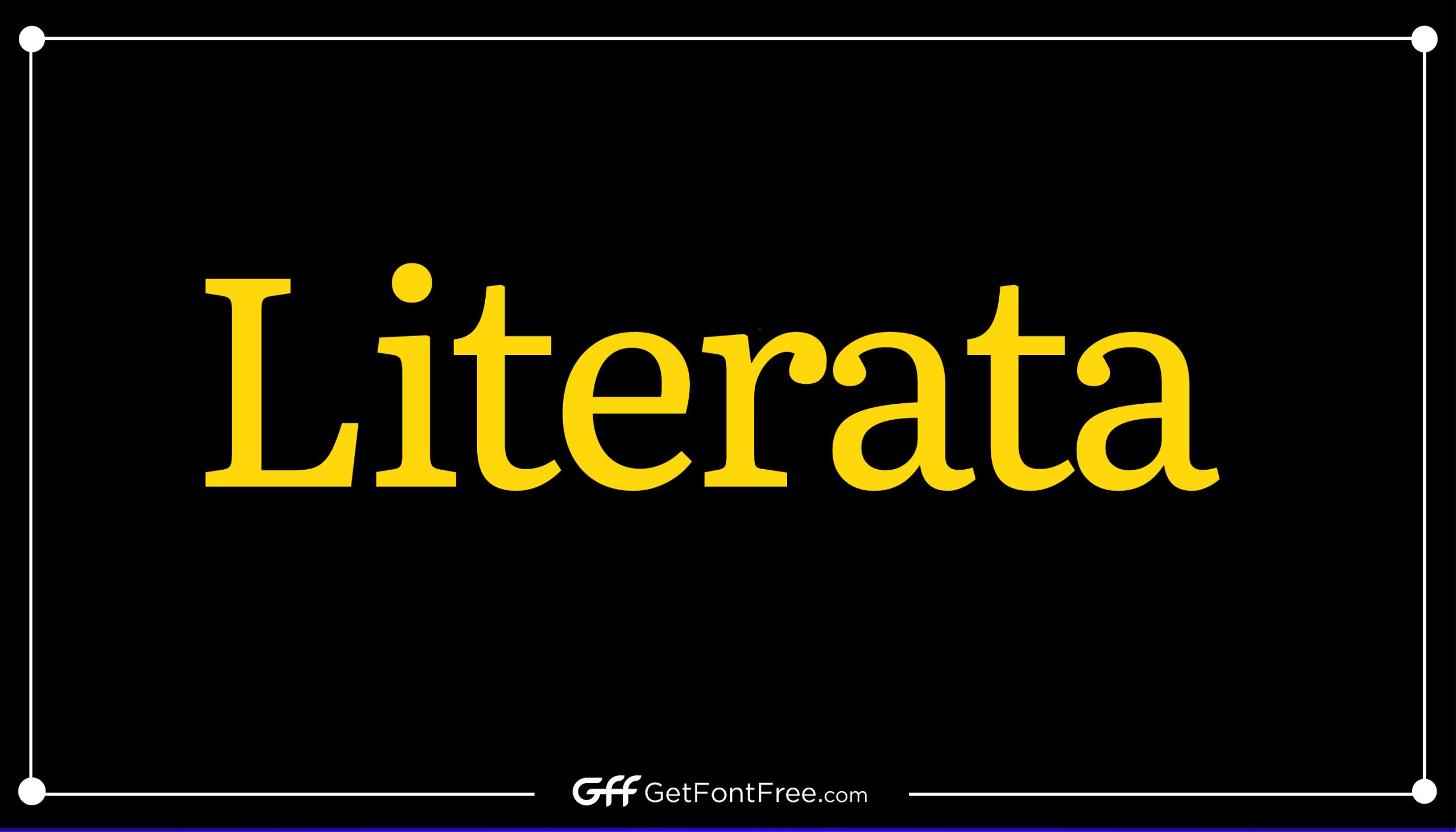Literata Font is a serif font designed by Google in collaboration with the type designer David Berlow of The Font Bureau. It was first introduced in 2014 as a font for Google Play Books but has since become widely used in digital publishing and online reading platforms.
The design of Literata is based on the classical shapes of serif fonts, but with modern adaptations that optimize its legibility on screens. The font was specifically created to provide a comfortable reading experience on digital devices, with features such as wider letter spacing and thicker strokes to enhance readability.
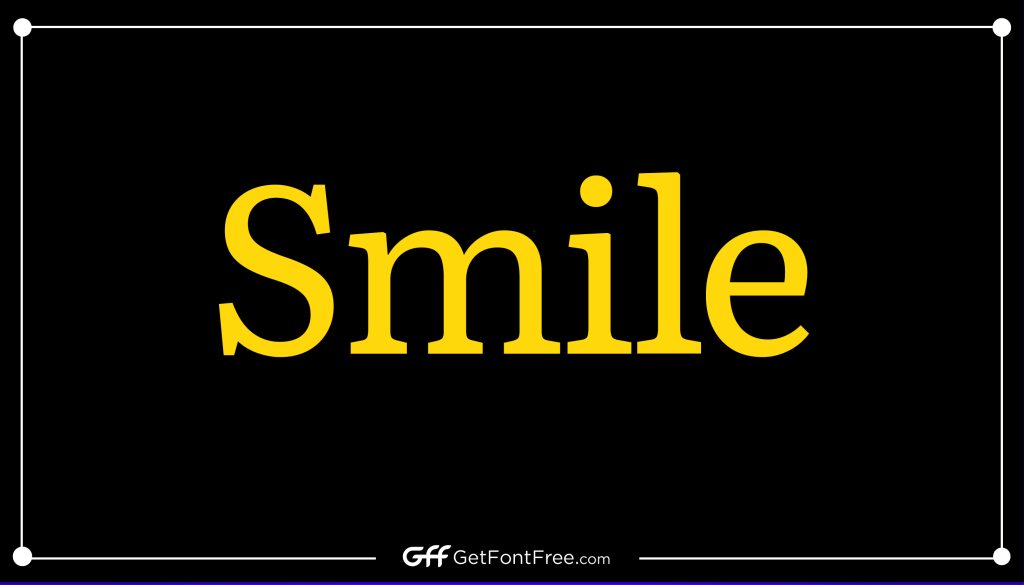
In addition to its use in digital publishing, Literata has also been recognized for its accessibility, with its clear and distinct letterforms making it an ideal font choice for those with visual impairments.
Overall, Literata has become a popular font choice for digital reading due to its combination of traditional serif design elements with modern technology-driven enhancements.
Literata Font Information
| Attribute | Information |
|---|---|
| Name | Literata |
| Designer | David Berlow (The Font Bureau) in collaboration with Google |
| Foundry | |
| Style | Serif |
| File Format | OpenType (OTF) |
| Date Released | 2014 |
| License | Open Font License (OFL) |
| Type | Display and Text |
Use cases
While Literata Font is a popular choice for digital publishing and online reading platforms, it is not typically used for design projects such as wedding invitations, greeting cards, posters, or logos.
Rather, its main use case is in digital text-heavy environments, such as e-books, websites, and mobile applications, where its clear and legible letterforms are well-suited for extended reading periods on screens.
Overall, Literata is best suited for use in projects that prioritize readability and accessibility, rather than decorative or artistic design.
Characteristics
The key features and characteristics of Literata Font include:
- Serif Design: Literata is a traditional serif font, with small lines or “serifs” at the ends of its letterforms. This gives it a classic and formal appearance, which is often associated with print media.
- Legibility: Literata’s design is optimized for legibility on digital screens, with larger letter spacing, thicker strokes, and high x-height. This makes it easy to read for extended periods of time, even on smaller screens or at smaller font sizes.
- Modern Adaptations: While Literata’s design is based on traditional serif fonts, it also incorporates modern adaptations to improve its legibility on digital screens. For example, its letterforms are slightly rounded to reduce sharp angles, which can cause eye strain during prolonged reading.
- Versatility: Literata is a versatile font, suitable for a wide range of uses in digital publishing and online reading platforms. It is available in multiple weights and styles, including regular, italic, bold, and bold italic, making it suitable for both display and text use.
- Accessibility: The design of Literata also makes it an ideal choice for users with visual impairments. Its distinct letterforms and high x-height make it easy to read, even at smaller font sizes, and it meets accessibility standards for contrast ratio and legibility.
Character Map
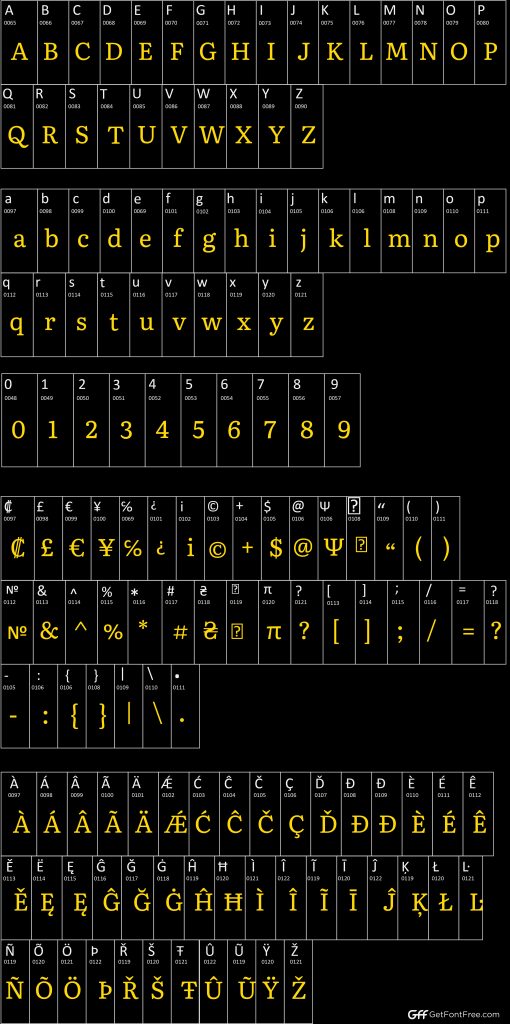
Comparison
Literata Font can be compared to other similar serif fonts, such as Times New Roman, Georgia, and Baskerville. While these fonts share some similarities in their classic serif design, Literata has some unique qualities and strengths that set it apart.
- Digital Optimization: Unlike many classic serif fonts, Literata was specifically designed for legibility on digital screens. Its modern adaptations, such as wider letter spacing and thicker strokes, make it more readable on screens than some of its traditional counterparts.
- Accessibility: Literata’s clear and distinct letterforms make it an ideal choice for users with visual impairments. Its design meets accessibility standards for contrast ratio and legibility, which is an important consideration for digital publishing and online reading platforms.
- Versatility: While many serif fonts are primarily designed for print media, Literata is versatile and suitable for both print and digital use. Its multiple weights and styles make it a good choice for both display and text use, making it a more flexible option than some of its classic counterparts.
- Contemporary Design: While still based on classical serif shapes, Literata has a contemporary and modern design that sets it apart from some other traditional serif fonts. Its rounded letterforms and subtle curves give it a softer, more approachable appearance that is well-suited to digital media.
Literata Font Family Includes Total of Typefaces
As of my knowledge cutoff in 2021, the Literata Font Family includes a total of eight typefaces:
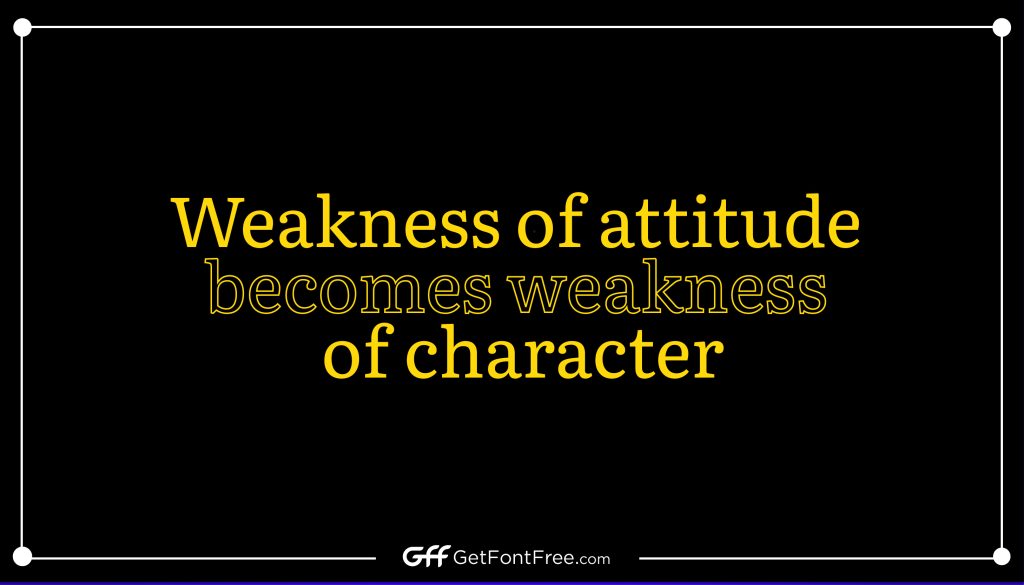
- Literata Regular
- Literata Italic
- Literata Medium
- Literata Medium Italic
- Literata SemiBold
- Literata SemiBold Italic
- Literata Bold
- Literata Bold Italic
Alternatives of Literata Font
There are several alternatives to Literata Font that share similar characteristics, including legibility on digital screens, classic serif design, and a focus on readability. Some popular alternatives include:
- Merriweather: Designed specifically for online reading, Merriweather features a classic serif design and high x-heights for improved legibility on screens.
- Lora: Another serif font optimized for digital screens, Lora features a calligraphic style and elegant curves, making it a popular choice for both display and text use.
- PT Serif: This open-source serif font is optimized for legibility on screens and includes multiple weights and styles for a versatile design.
- Libre Baskerville: Based on the classic Baskerville typeface, Libre Baskerville features a traditional serif design with modern adaptations for improved legibility on screens.
- Source Serif Pro: A classic serif font designed for digital use, Source Serif Pro features a range of weights and styles and includes modern adaptations for improved screen readability.
Tips and Tricks
Here are some tips and tricks for using Literata Font effectively:
- Pair it with complementary fonts: Literata Font has a classic, elegant style that pairs well with other serif and sans-serif fonts. Consider using it with complementary fonts that have a similar look and feel to create a cohesive design.
- Use it for long-form content: The legibility and readability of Literata Font make it an excellent choice for long-form content such as ebooks, articles, and reports. Its optimized design for digital screens ensures that readers can comfortably read for extended periods.
- Choose the right size: When selecting the size of Literata Font, consider the context in which it will be used. For body text, use a size of 14-16pt for optimal legibility. For display text, larger sizes can be used to showcase its elegant curves and design.
- Experiment with color: While Literata Font is often used in black or dark gray, don’t be afraid to experiment with different colors. Try using a deep red or navy blue for headings to add some visual interest to your design.
- Consider the audience: When using Literata Font, consider the audience that will be reading your content. For example, if your content is targeted at older readers or those with visual impairments, you may want to use a larger size and higher contrast colors.
- Use it in moderation: While Literata Font is a beautiful typeface, avoid overusing it in your designs. Consider using it for headings, quotes, or other elements that you want to emphasize, and balance it with other fonts to create a visually appealing design.
Download Granjon Font Free
If You want to download Granjon Font Free, please click the above download button, Thank You.
Conclusion
In conclusion, Literata Font is a versatile and elegant serif typeface designed specifically for digital publishing and online reading platforms. Its optimized design for digital screens ensures legibility and readability, making it an excellent choice for long-form content such as ebooks, articles, and reports.
The font family includes eight typefaces in total, each available in OpenType format and featuring a classic serif design with elegant curves and calligraphic style. Literata Font can be paired with complementary fonts, used for specific design projects, and selected in the right size and color to create a visually appealing design that engages the audience.
Supported Languages
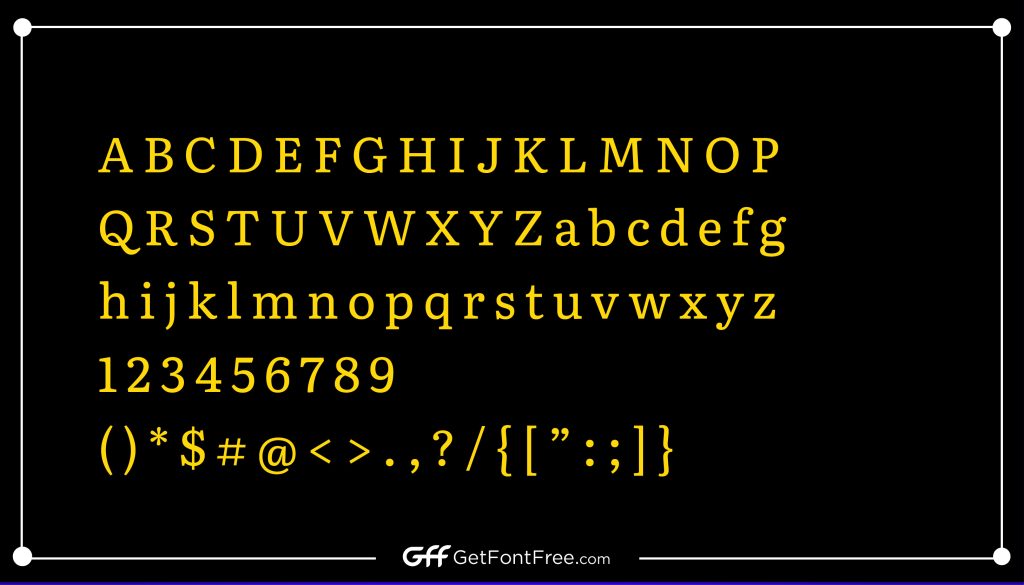
Quechua, Rhaeto-Romance, Romanian, Romansh (Rumantsch), Rotokas, Russian, Rusyn, Sami (Inari), Sami (Lule), Sami (Northern), Samoan, Sardinian (Sardu).
FAQs
- Who designed Literata Font?
Literata Font was designed by a team at Google, led by type designer David Berlow.
- What is the history of Literata Font?
Literata Font was designed in 2014 by a team at Google as part of a project to create a typeface specifically for online reading and digital publishing.
- What makes Literata Font suitable for digital publishing?
Literata Font is optimized for legibility and readability on digital screens, with a focus on high x-heights, clear letterforms, and balanced spacing.
- What type of projects is Literata Font suitable for?
Literata Font is suitable for a wide range of projects, including ebooks, articles, reports, and blog posts. Its elegant and classic design makes it versatile and adaptable to many design styles and themes.
- Can Literata Font be used for print projects?
Yes, Literata Font can be used for print projects. However, since it was specifically designed for digital use, it may require some adjustments for print use to ensure optimal legibility.
- Is Literata Font available for free?
Yes, Literata Font is available for free through Google Fonts. It is also open-source, which means that it can be modified and redistributed under certain conditions.
- Does Literata Font have multiple weights and styles?
Yes, Literata Font includes eight typefaces in total, including regular, italic, bold, and bold italic weights, each available in OpenType format.

